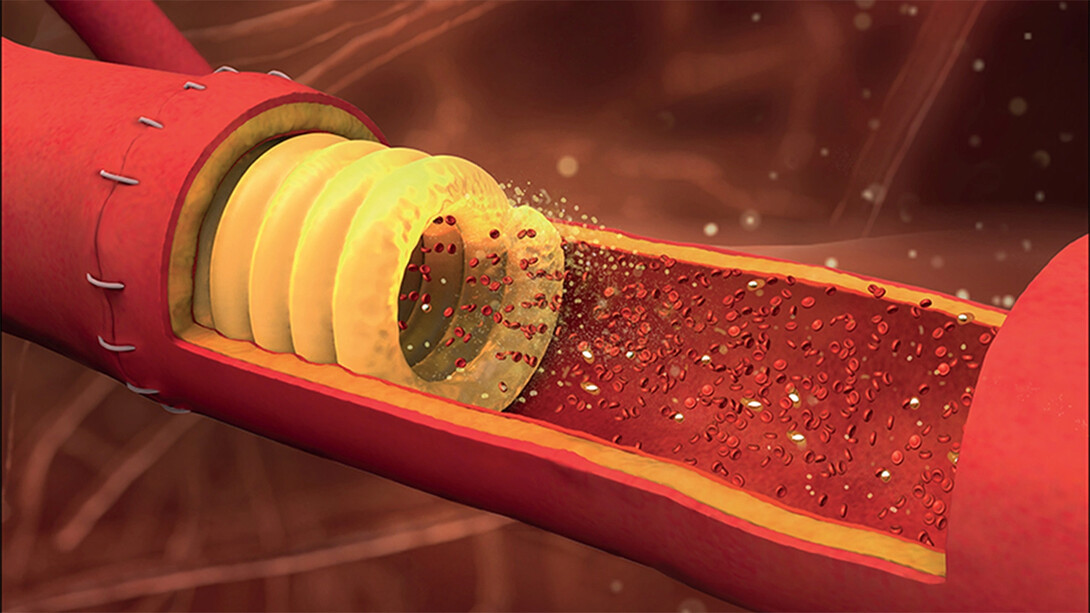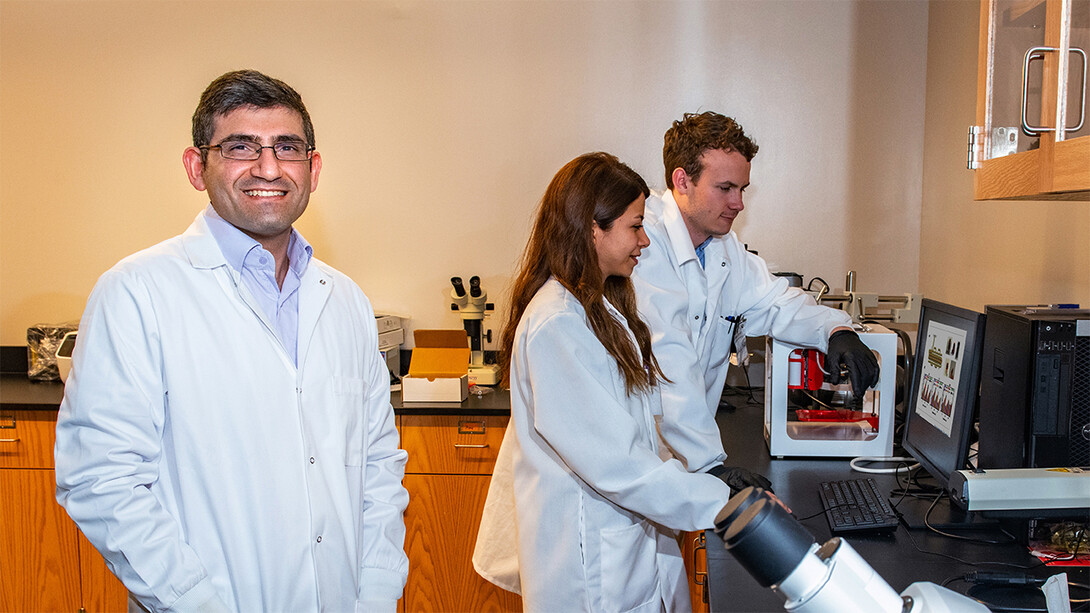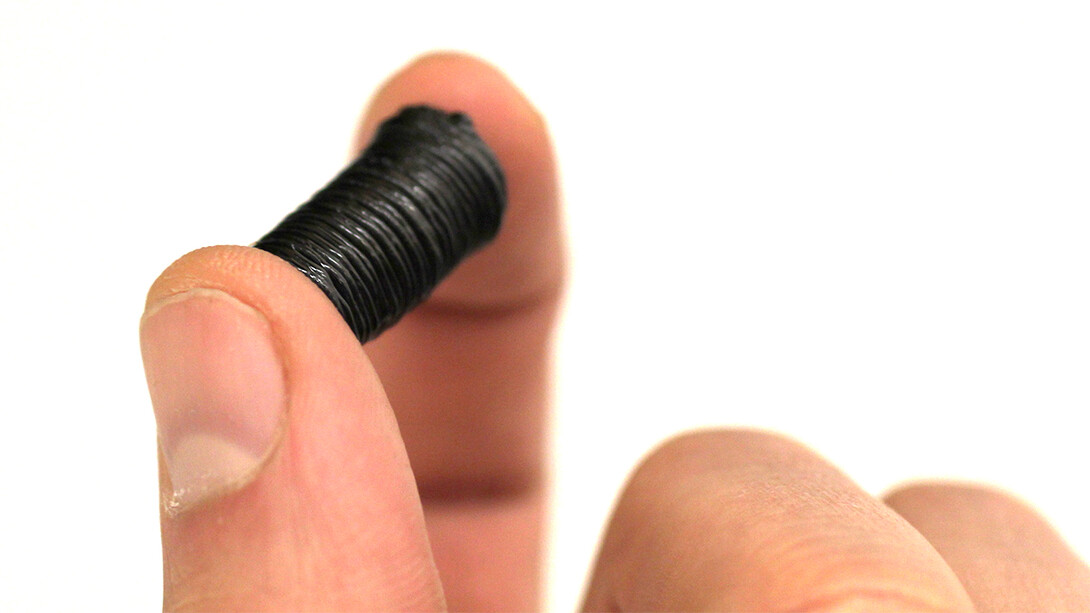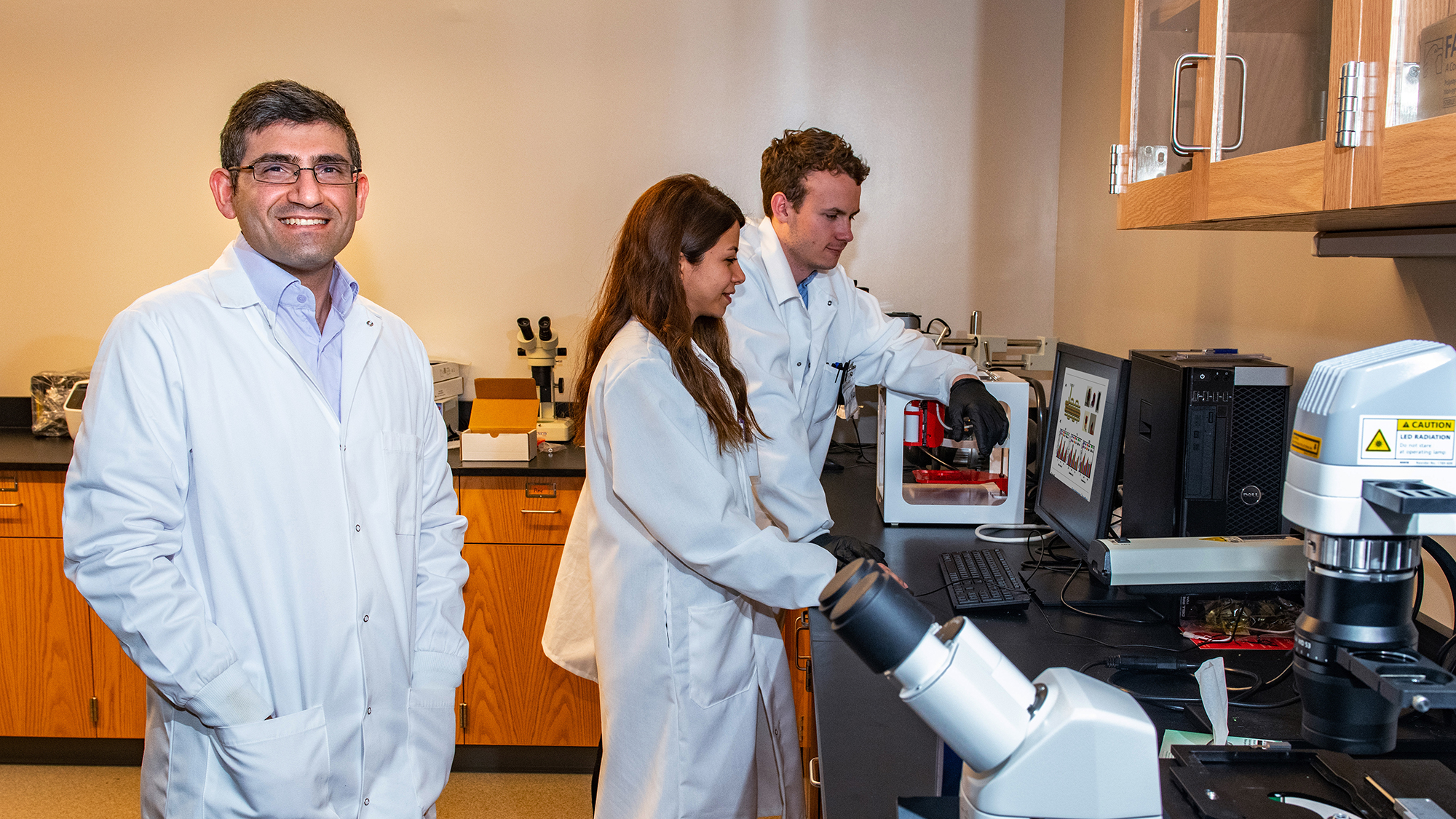
Reconstructive procedures and organ transplants demand nimble fingers that can restore blood flow by stitching together millimeter-scale arteries. It’s a tough ask and time-consuming task for even the most skilled surgeon.
But a stent full of sugar may help the surgeries go down — in a 3D-printed way.
Designed by Nebraska engineer Ali Tamayol and nationwide colleagues, the small sugar-based tube fits inside the adjacent ends of a clipped artery. By sticking to the interiors, the stent holds those ends in place and provides structural support during the precarious sewing process.
“One of the plastic surgeons told us about the challenges of this kind of microsurgery — how time-consuming it is, how skill-dependent it is,” said Tamayol, assistant professor of mechanical and materials engineering.

The stent-assisted suturing took just five minutes when tested on pig arteries, the team reported, compared with the roughly 15 minutes required of a conventional clamp-based technique. Tamayol said the stent also reduces the risk of a surgeon mistakenly threading through both the top and bottom walls of an artery, which blocks subsequent blood flow.
Then, the finish: Minutes after the arteries are sutured, the resuming blood flow dissolves the stent and harmlessly sweeps it away.
Sweet’n flow
In designing the stent, the researchers came up with a checklist of essential properties. It needed some flexibility — too brittle, and it could break during suturing — so the team added a glucose derivative called dextran. It needed enough stickiness to bind with the arteries, which glucose itself provided, plus a large dose of sucrose to help combat blood clotting. And it needed a pinch of sodium citrate to further diminish any chance of clotting when the stent dissolved.

The recipe was simple enough. But arteries, like the people who contain them, come in multiple sizes. So the team turned to 3D printing as a means of customizing the stent’s diameter to individuals and areas of the body. By dissolving their sugar-based concoction in water and baking the solution until most of the water evaporated, the researchers produced a molten ink that’s fluid enough to print but viscous enough to solidify in minutes.
Experiments with transparent tubing and pig arteries showed that the stent erodes quickly but steadily when subjected to the flow rate, temperature and salinity of human arteries. The suturing held up, too, with no signs of leakage immediately following the procedure.
The researchers eventually plan to test the stent’s use in live animal arteries, Tamayol said. And they envision a future in which such stents are printed at hospitals to meet the needs of individual patients.
“One thing that I really like about this concept: We are always trying to avoid sugar,” Tamayol said. “Everyone knows that sugar is (sometimes) bad. But here we found an application in which it’s good.”
The team detailed its stent design in the journal Advanced Healthcare Materials. Tamayol authored the study with doctoral student Azadeh Mostafavi and master’s student Arian Jaberi, both of Nebraska; Ali Khademhosseini from the University of California, Los Angeles; Harvard Medical School’s Ali Farzin, Amir Miri, Negar Faramarzi, Yu Shrike Zhang and Nasim Annabi; Fatemeh Sharifi from the Sharif University of Technology; and Ricky Solorzano of Allevi Inc.
The researchers received support from the Nebraska Tobacco Settlement and the National Institutes of Health under grants HL092836, DE019024, EB012597, AR057837, DE021468, HL099073, AR073822 and GM126831.









